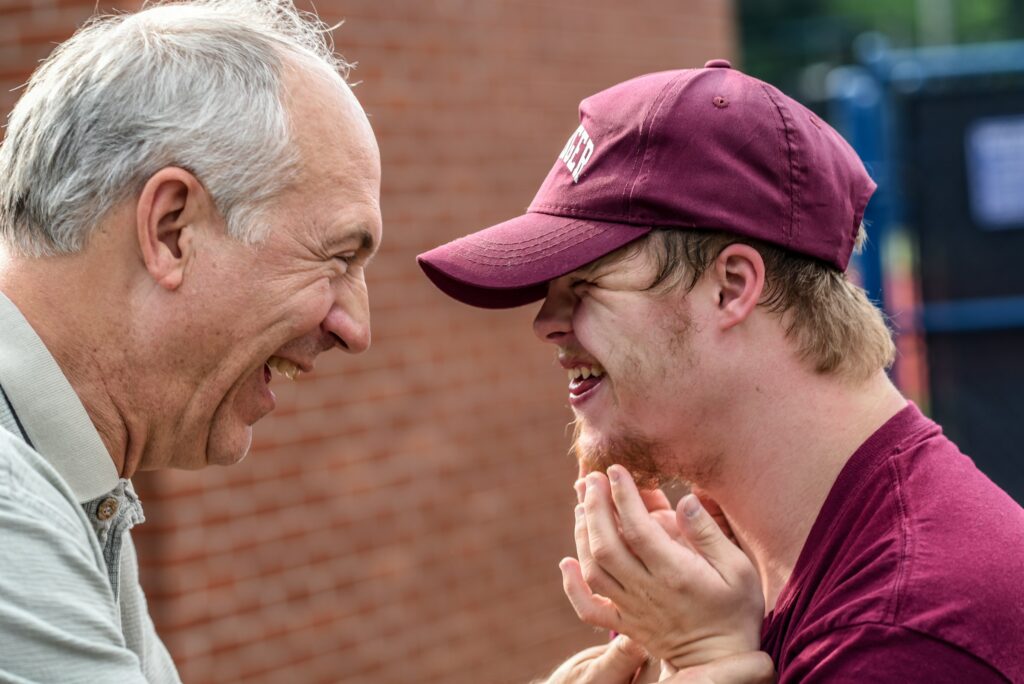A few months ago, I took part in a workshop organized by Els Breedstraet and Nataliya Rozbroj Jasinskaja from the Publications Office of the EU, as part of the ODECO consortium training week in Leuven. The workshop provided a collaborative space to brainstorm together with my colleagues about applications for open data that are inclusive and that address users in their everyday life context. We got creative for about an hour around two user groups: the young and the elderly.
It was clear by this point in our workshop that democratizing data goes beyond simply providing access. It involves supporting users in understanding the context in which data is created, enabling them to make informed decisions, and being aware of the agendas that data often serve. At the same time, there is growing interest in academia to bolster data literacy among novice users, but we must also consider whether these users actually want or need to engage with digital data in the ways it is currently available.
Let’s consider the elderly. They make data-informed decisions regularly, albeit without relying on digitized data. Their approach is highly contextual and local. For instance, they might seek answers to questions like, “Who in my village needs assistance right now?” or “Where is the nearest pharmacy that sells fish oil supplements?” Their data collection method is systematic and personal. They start by consulting a small group of trusted experts—family and neighbours—gathering information through word of mouth. If needed, they expand their inquiry, but often their intuition and experience are enough to solve the problem. Would the elderly benefit from accessing broader, less biased, and more up-to-date datasets? Perhaps, but the value of their lived experience and localized knowledge cannot be underestimated.

In contrast, younger generations have grown up with technology at their fingertips. They are accustomed to seeking information from trusted digital sources, staying informed about global events, and being data-savvy from a young age. However, this global focus can sometimes come at the expense of local awareness. For example, a young person might use an app to find the best-rated restaurant in the city but be unaware of a hidden gem around the corner known only to locals. They rely heavily on digital data, often overlooking the rich, immediate knowledge available within their own community.
Imagine bringing these two groups together to tackle common problems. The elderly, with their deep local knowledge and contextual data collection, paired with the younger generation’s digital literacy and global perspective, could create a powerful synergy.
For instance, I imagine a community project aimed at improving local health services. The elderly could share insights about long-standing issues and community needs, while the younger participants could leverage technology to find innovative solutions and access broader datasets.
How would that space look like? What kind of discussions would these two very different technology users come up with?
How might this collaboration help the younger generation to trust their intuition more, while valuing the wisdom and experience of their elders?
Conversely, what would it take to help the elderly become more comfortable with digital tools, and integrate technology into their decision-making processes?
More and more questions pop up. In lieu of a conclusion, I share my belief that the potential for intergenerational learning and collaboration through technology is immense. By creating spaces where the young and old can share their unique strengths and perspectives, we can foster a richer, more inclusive approach to problem-solving. This not only enhances individual skills and knowledge but also strengthens community bonds, supporting data literacy and making technology a truly democratic and shared resource.
To be continued…
This blogpost was reviewed by Caterina Santoro whom I thank for her suggestions.
Image credit: Nathan Anderson via Unsplash.com


